Features of "Steel Joints" Add-on
Features in Short
- Automatic generation of FE analysis models: The add-on automatically creates a finite element model (FE) of the steel connection in the background.
- Consideration of all internal forces: The calculation and design checks include all internal forces (N, Vy, Vz, My, Mz, MT) and are not limited to planar loading.
- Automatic load transfer: All load combinations are automatically transferred to the FE analysis model of the connection. The loads are transferred directly from RFEM, so manual data input is not necessary.
- Efficient modeling: The add-on saves you time when modeling complex connection situations. You can also save the created FE analysis model and use it further for your own detailed analyses.
- Extensible library: An extensive and extensible library with predefined steel connection templates is available.
- Wide applicability: The add-on is suitable for connections of any type and shape, compatible with almost all rolled, welded, built-up, and thin-walled cross-sections.
Connection Library in Dlubal Center
In the Dlubal Center, there is an extensive library with connections available for the Steel Joints add-on.
You can access this library directly from the add-on and assign the predefined connections to the corresponding nodes. You can also save user-defined connections in the library in Dlubal Center.
New: Component "Base Plate" for Foundation Block Connections
The "Base Plate" component allows you to design base plate connections with cast-in anchors. In this case, plates, welds, anchorages, and steel-concrete interaction are analyzed.
Plausibility and Collision Check for Connections
- The program performs a plausibility check in parallel with the input to quickly detect missing entries or collisions.
- If an error occurs, an error message appears describing the problem.
Design Situations for Steel Joints
- The design of the connection components is performed according to AISC 360 and Eurocode EN 1993‑1‑8.
- After activating the add-on, it is necessary to activate the design situations for Steel Connections in the "Load Cases and Combinations" dialog box.
- The design of the connection stability (buckling) requires the "Structure Stability" add-on.
- You can run the calculation using the table or the icon in the top bar.
Design According to AISC 360 and EN 1993-1-8
The program supports you: It determines the bolt forces on the basis of the FE analysis model and evaluates them automatically. The add-on performs the standard-compliant design of bolt resistance for failure cases, such as tension, shear, hole bearing, and punching, and clearly displays all required coefficients.
Do you want to perform weld design? The welds are modeled as elastic-plastic surface elements, and their stresses are read out from the FE analysis model. The plasticity criteria is set in the way that they represent failure according to AISC J2-4, J2-5 (strength of welds), and J2-2 (strength of base metal). The design can be performed with the partial safety factors of the selected National Annex of EN 1993‑1‑8.
The plates in the connection are designed plastically by comparing the existing plastic strain to the allowable plastic strain. The default setting is 5% according to EN 1993‑1‑5, Annex C, but can be adjusted by user-defined specifications, as well as 5% for AISC 360.
Calculating Initial Stiffnesses Sj,ini and Automatic Transfer to Global Structure
The initial stiffness Sj,ini is a crucial parameter for evaluating whether a connection can be characterized as rigid, semi-rigid, or pinned.
In the "Steel Joints" add-on, you can calculate the initial stiffness Sj,ini according to Eurocode (EN 1993‑1‑8, Section 5.2.2) and AISC (AISC 360-16, Cl. E3.4) with regard to the internal forces N, My, and/or Mz.
The optional automatic transfer of initial stiffnesses allows for a directly transfer as member hinge stiffnesses in RFEM. The entire structure is then recalculated and the resulting internal forces are automatically adopted as loads in the analysis and design of the connection models.
This automated iteration process eliminates the need for manual export and import of data, reducing the amount of work and minimizing potential sources of error.
Explanatory Video: Calculation of Initial Stiffness Sj,iniSteel Joint Design for Built-up and Thin-Walled Sections
In the Steel Joint add-on, you can design the connections of members with composite cross-sections. Furthermore, you can perform joint design checks for almost all thin-walled cross-sections in the RFEM library.
Go to Explanatory VideoPlastic Material Model for Weld Design
Here, the weld design becomes child's play. Using the specially developed material model "Orthotropic | Plastic | Weld (Surfaces)", you can calculate all stress components plastically. The stress τperpendicular is also considered plastically.
Using this material model you can design welds closer to reality and more efficiently.
Explanatory VideoComponent "Connecting Plate"
Using the "Connecting Plate" component, you can automatically create a new gusset plate in the Steel Joints add-on. This saves you separate components, and the other elements, such as a cap plate and a slide plate, are thus automatically taken into account with their dimensions.
Go to Explanatory VideoComponent "Member Editor"
The “Member Editor” component in the Steel Joint add-on allows you to modify individual or multiple member plates.
The operations Chamfer, Notch, Rounding, and Hole with multiple shapes are available. The two operations Notch and Chamfer can be applied to several member plates.
This allows you to notch flanges from I-sections, for example (see the image).
Go to Explanatory VideoShear Resistance of Bolts
To determine the shear resistance of bolts, you can use the Steel Joints add-on to specify whether there is a shaft or a thread in the shear plane.
Go to Explanatory VideoMaterial of Weld
If a weld connects two plates with different materials, you can select which of these two materials to use for the weld from a combo box in the Steel Joints add-on.
Go to Explanatory VideoConnection of Rectangular Hollow Sections
In the case of rectangular cross-sections, you can usually achieve a direct connection by using welds. However, you can also connect them to other cross-sections in the same way. Furthermore, other components such as end plates help you to connect the rectangular cross-sections to other structural components.
Limit Plastic Strain for Welds
In the ultimate configuration of the steel joint design, you have the option to modify the limit plastic strain for welds.
Rib Pattern
In the Steel Joints add-on, you can define several ribs at the same time on one member or plate. The distribution can be carried out according to an orthogonal and a polar pattern.
Component "Stub"
The "Stub" component is available to you in the Steel Joints add-on. It allows you to extend a member using a purlin joint with another member (stub) and to connect it to a reference component.
Relative Placement of Objects
In the Steel Joint add-on, you can arrange objects with a relative reference to other objects.
"Plate" Component with Polygonal Geometry Shape
In the Steel Joint add-on, you can arrange plates in various geometrical shapes. In addition to the "Rectangle" and "Circle" shapes, the "Polygon" shape is also available. The polygonal shape is defined by entering the point coordinates.
Component "Contact"
The "Contact" component allows you to consider the pressure contact between two parallel plates/member plates in the Steel Joints add-on. You can also optionally consider the friction between the surfaces.
Furthermore, it is possible to define a contact between a line and a surface, as well as between two surfaces.
Steel Joint Design on Member Types "Result Member" and "Surface Model"
In the Steel Joint add-on, you can use not only the usual member types “Beam,” “Truss,” and so on, but also the member types “Result member” and “Surface model.” You should select a suitable cross-section for the result member and define any member openings in the “Surface model” member type using the Member Editor.
Calculate Your Price
.png?mw=400&hash=3145b148921d52f0f0d5df04b4aaa44675fd0212)



_(1).png?mw=1024&hash=d0ff79e0e11dd59db70821050fffb969523e3261)


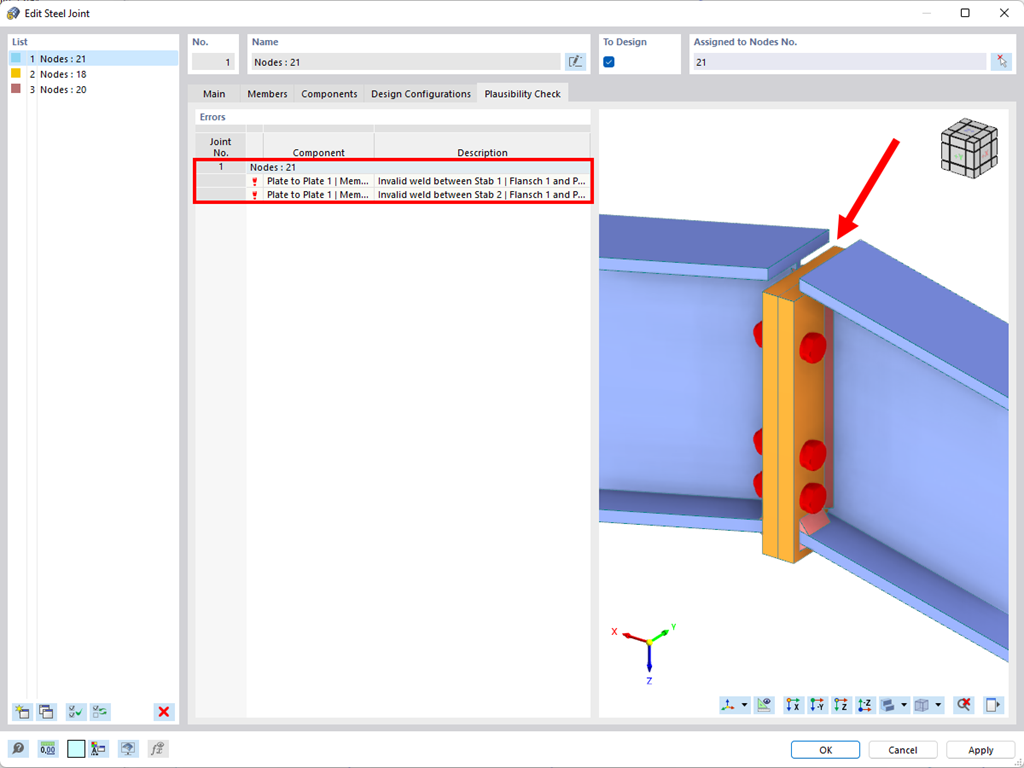

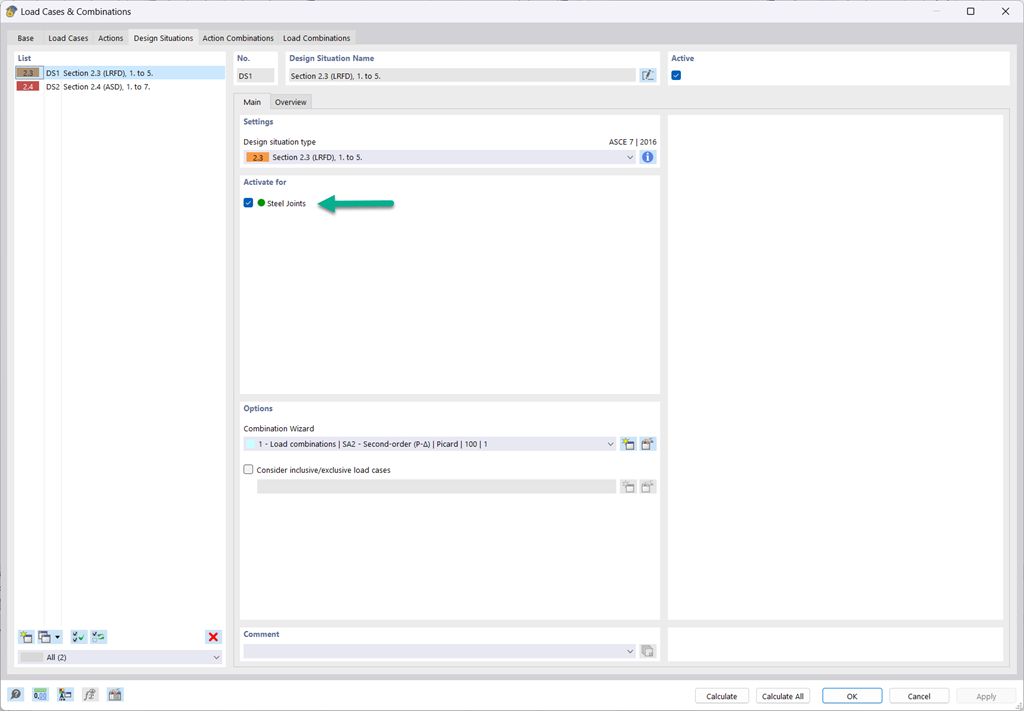


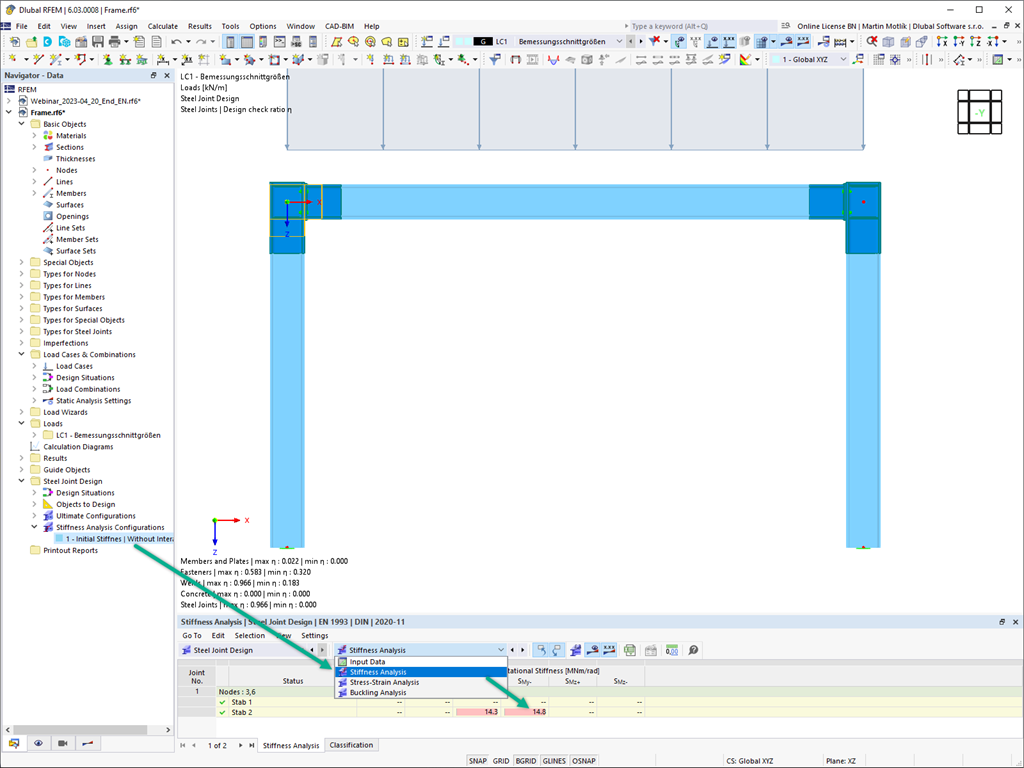
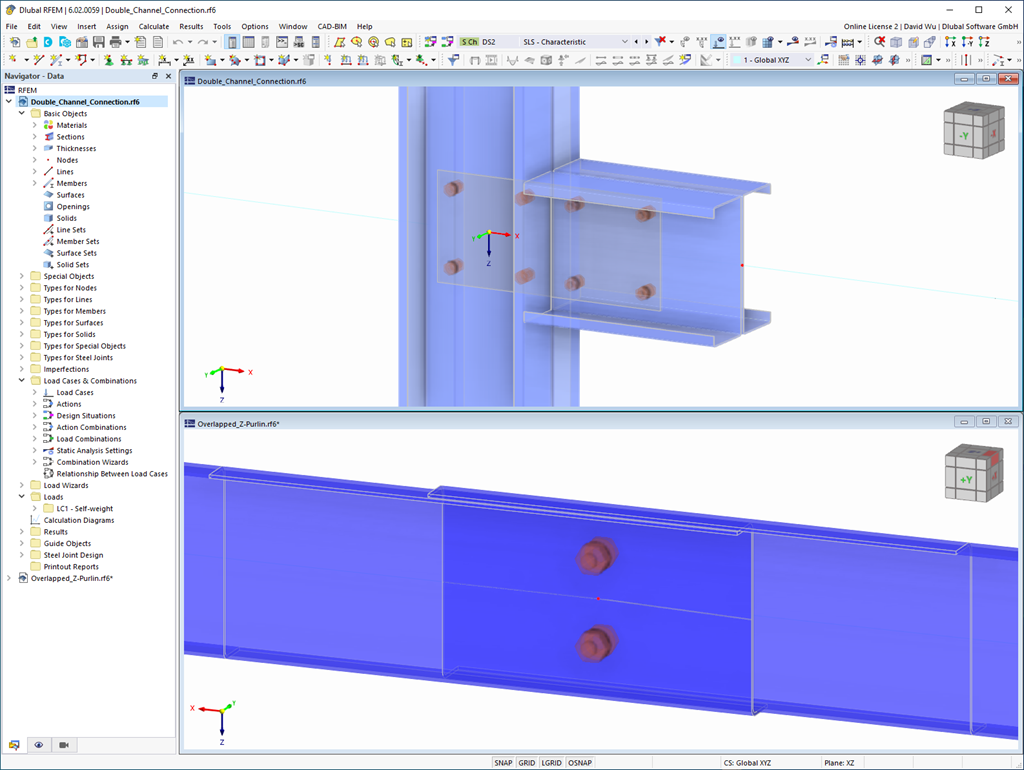
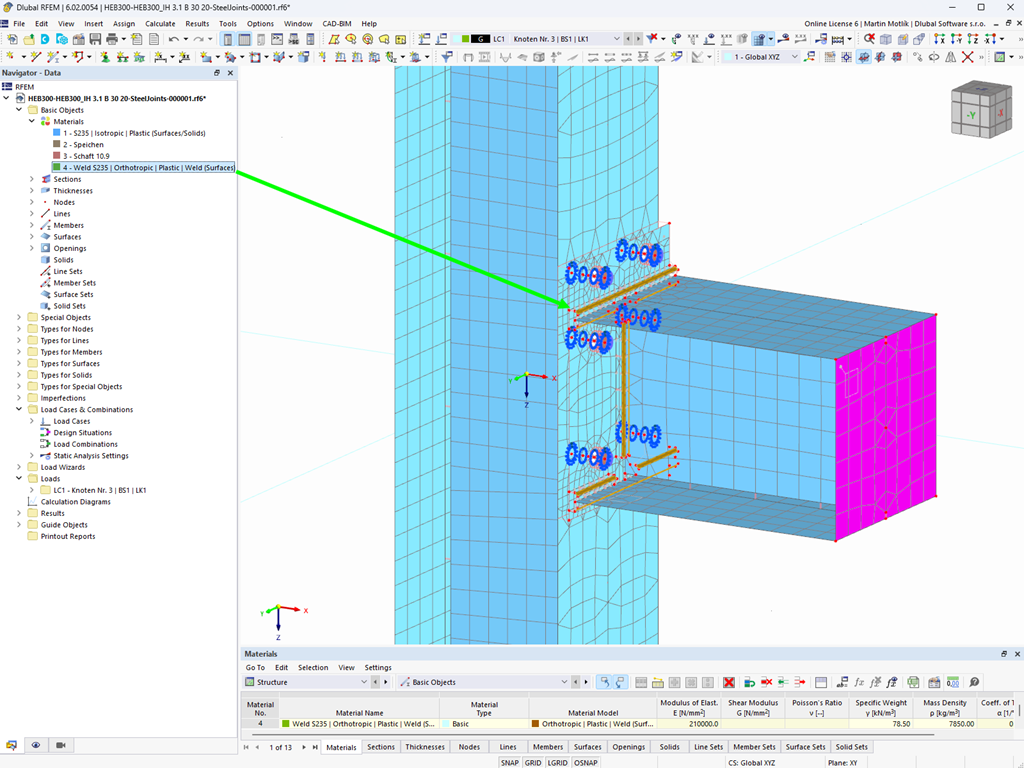
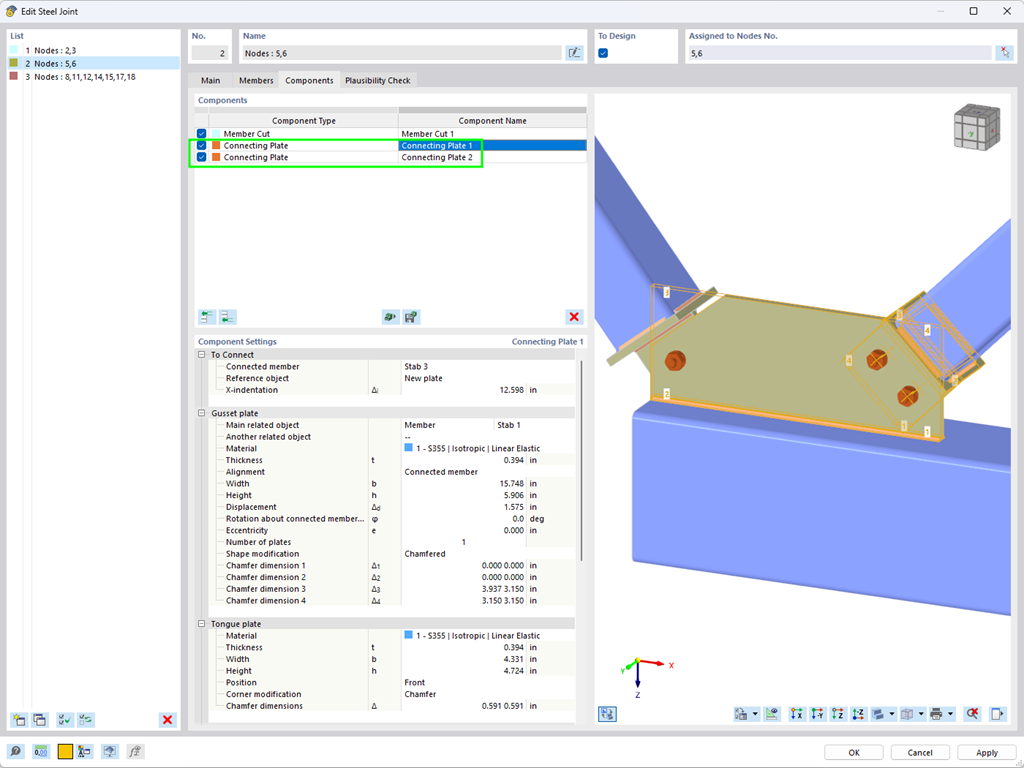
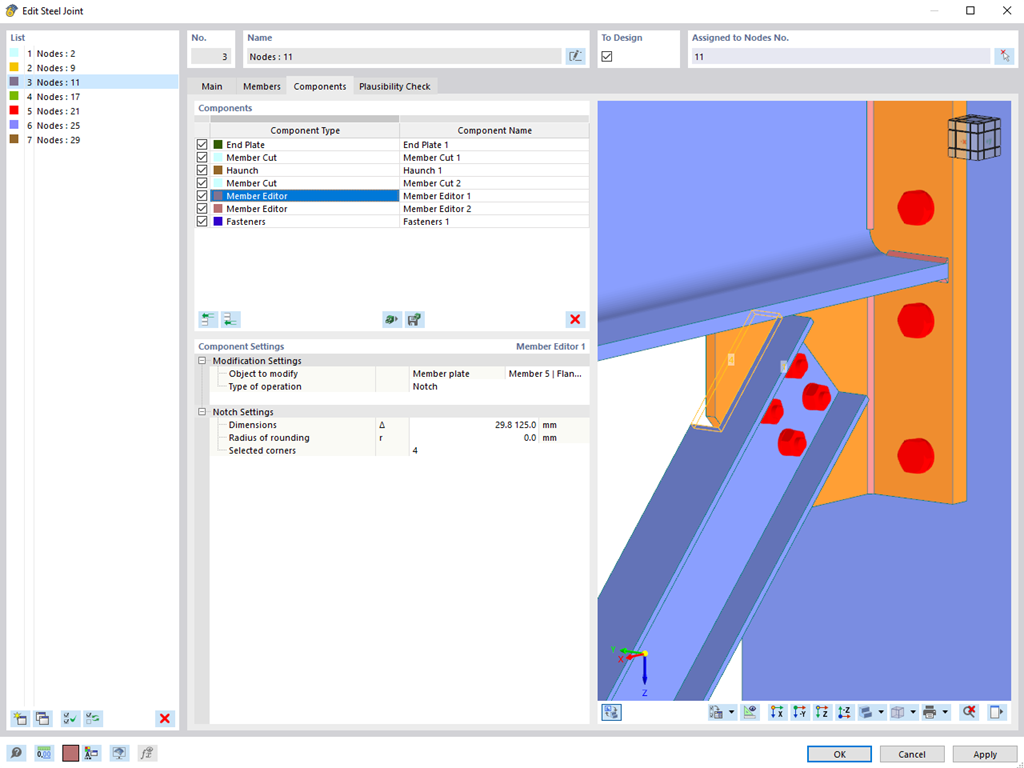
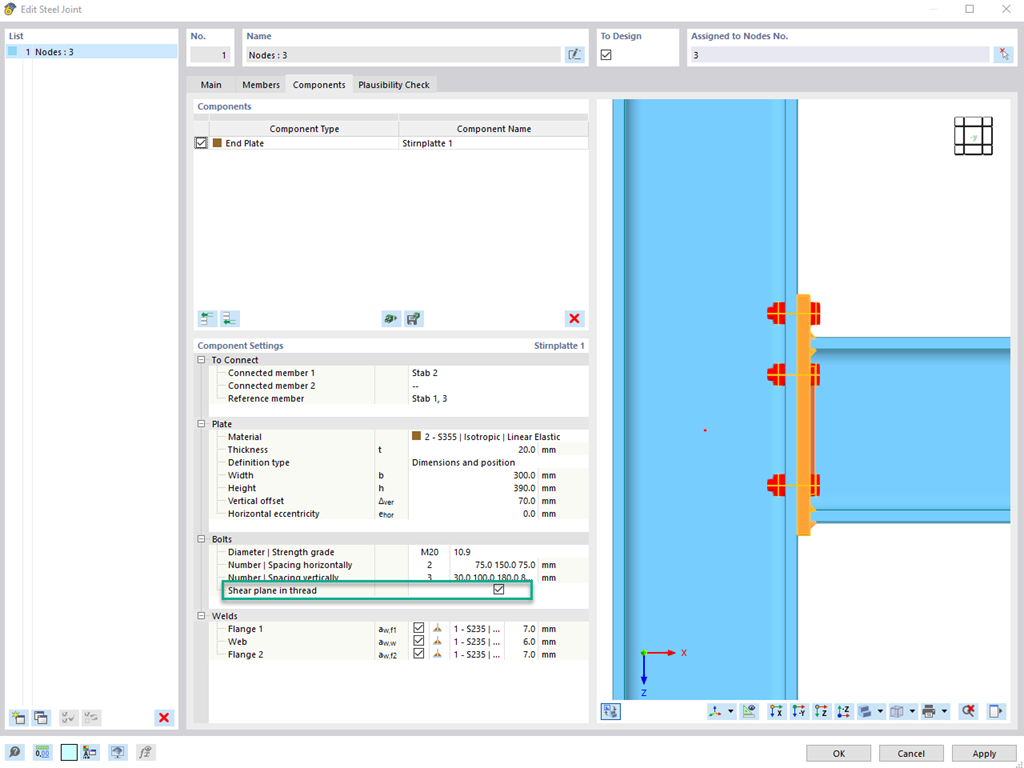
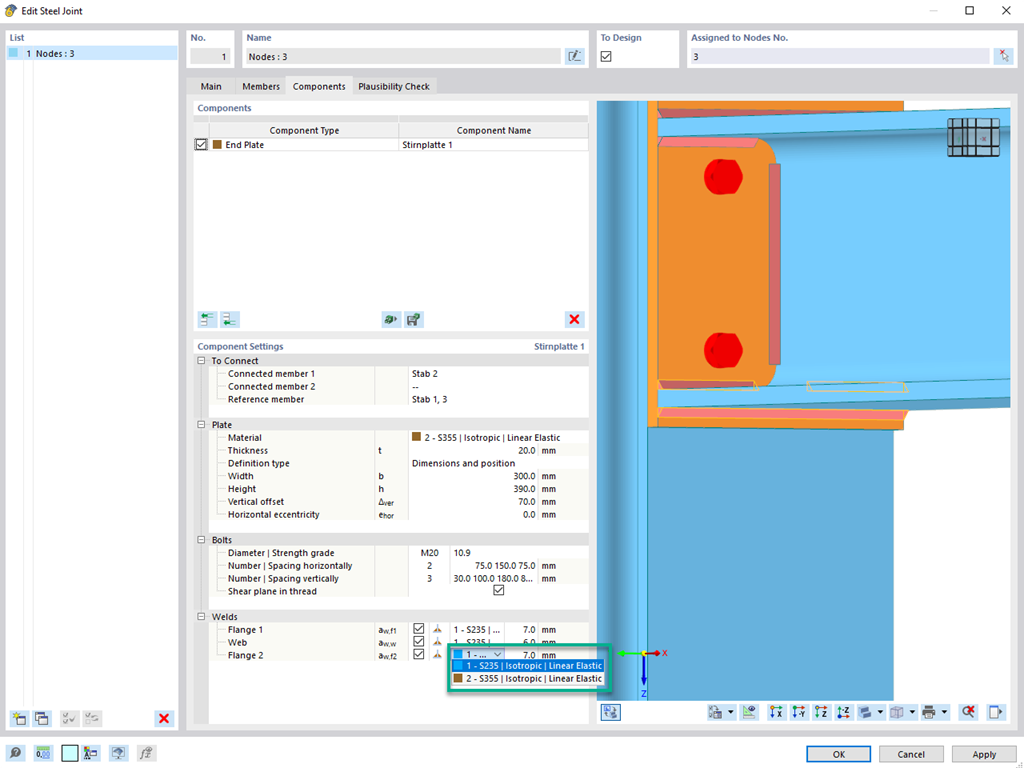
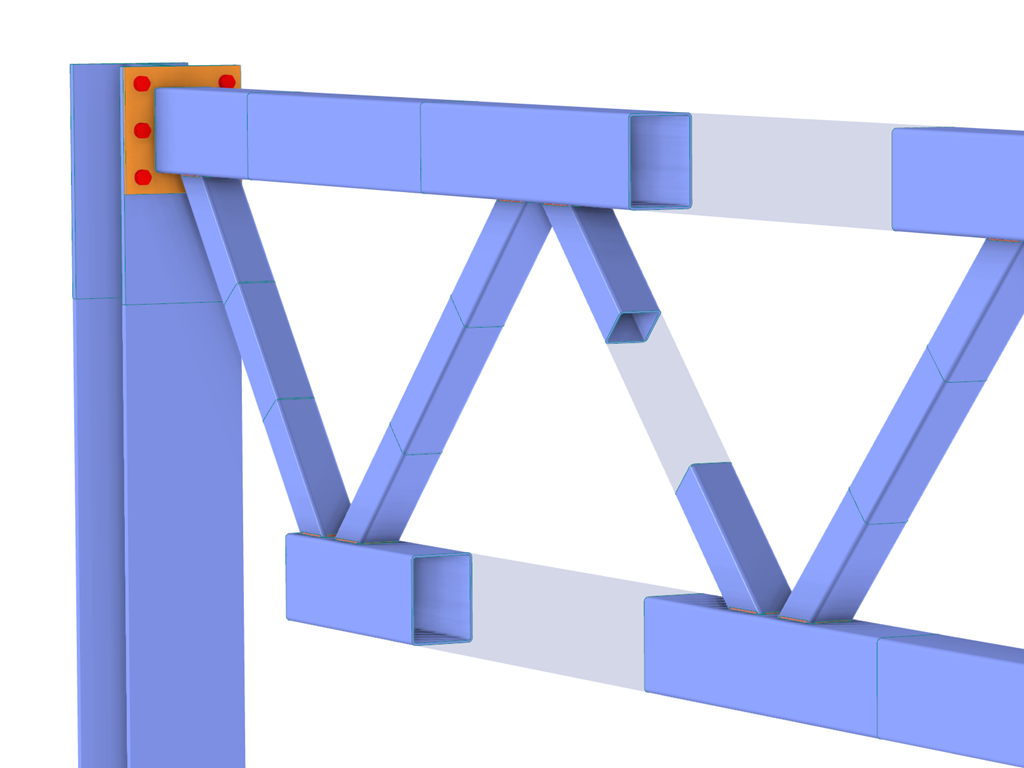







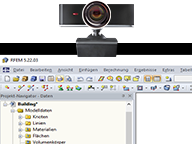
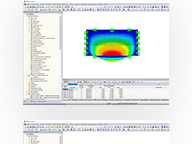
.png?mw=192&hash=f63e4a3f1836233005de32f60201d5392e507cf1)



